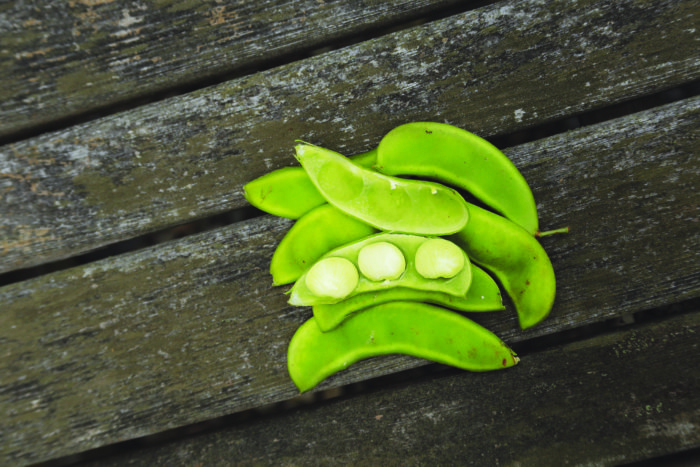
Northwest Vegetable Picks

Get our latest tips, how-to articles, and instructional videos sent to your inbox.







Get the latest how-to and design inspiration articles plus special offers sent straight to your inbox.
© 2024 Active Interest Media. All rights reserved.
Fine Gardening receives a commission for items purchased through links on this site, including Amazon Associates and other affiliate advertising programs.

Subscribe today and save up to 61%
SubscribeAll Access members get more
Sign up for a free trial and get access to ALL our regional content, plus the rest of the member-only content library.
Already a subscriber? Log in
Get complete site access to expert advice, regional content, and more, plus the print magazine.
Already a member? Log in
Comments
Log in or create an account to post a comment.
Sign up Log in